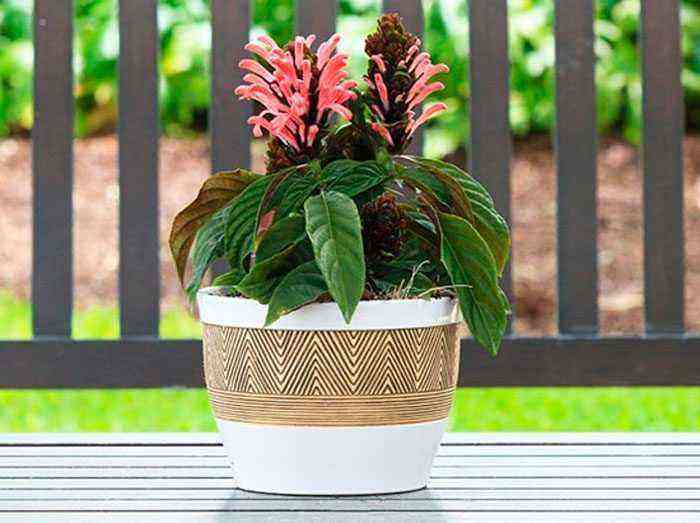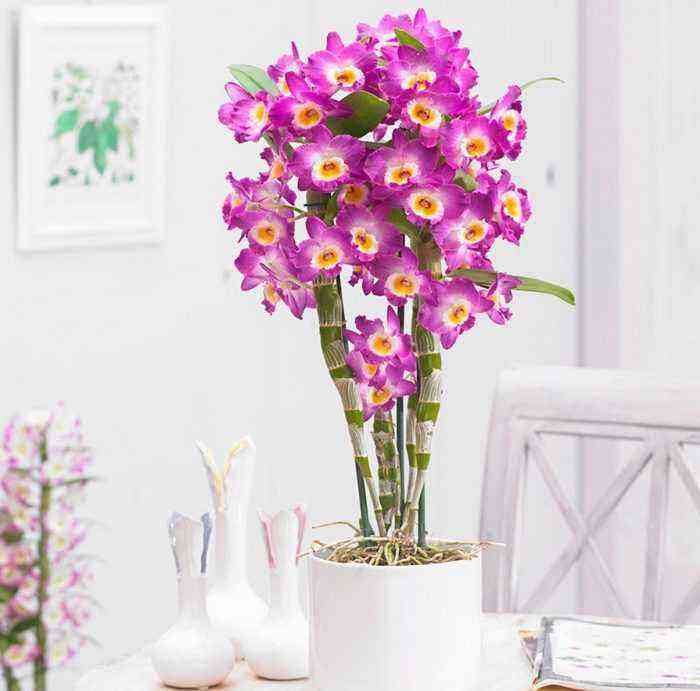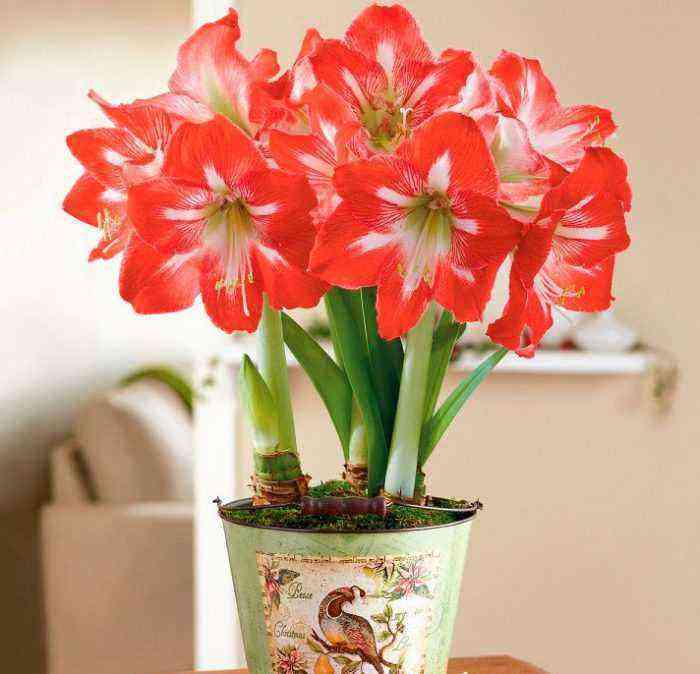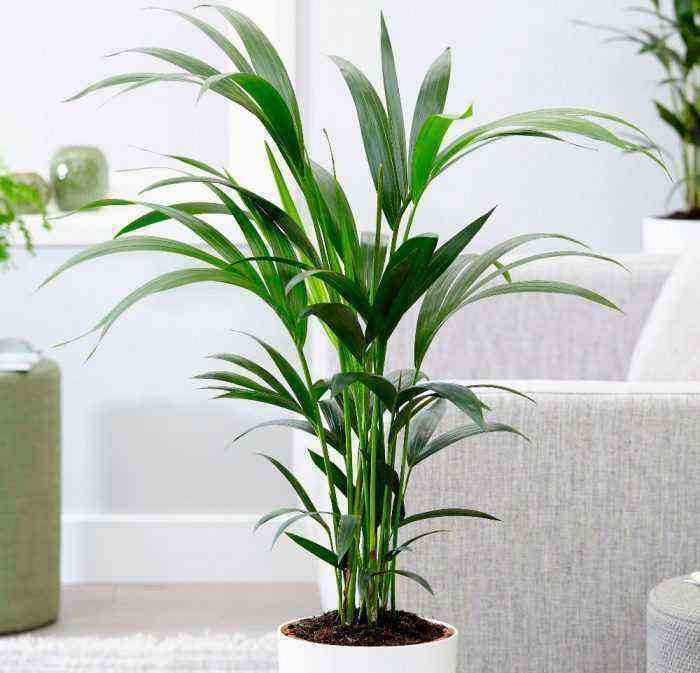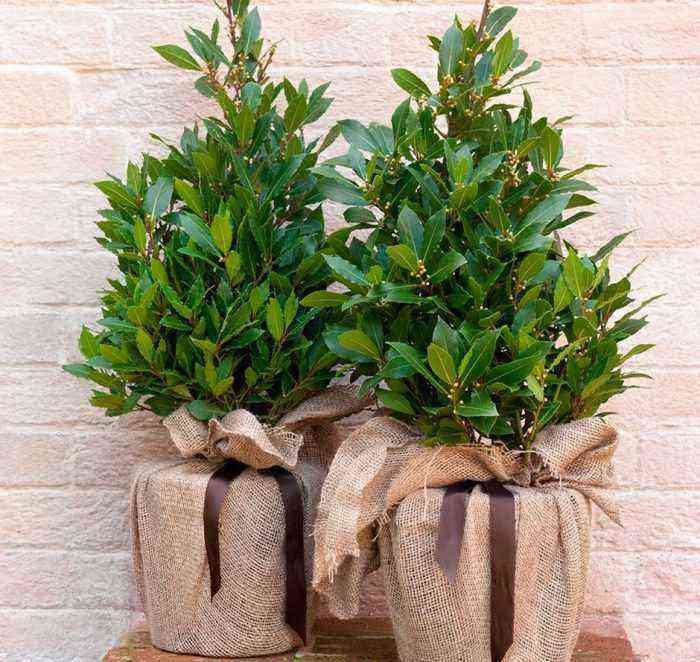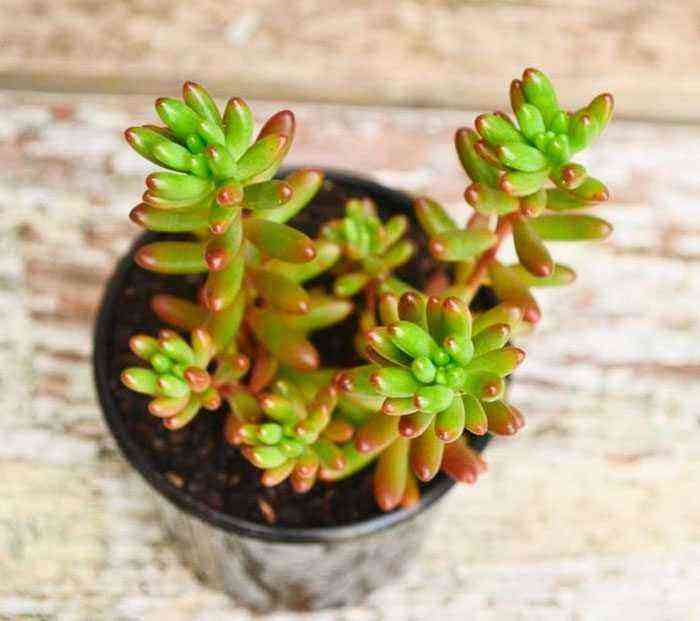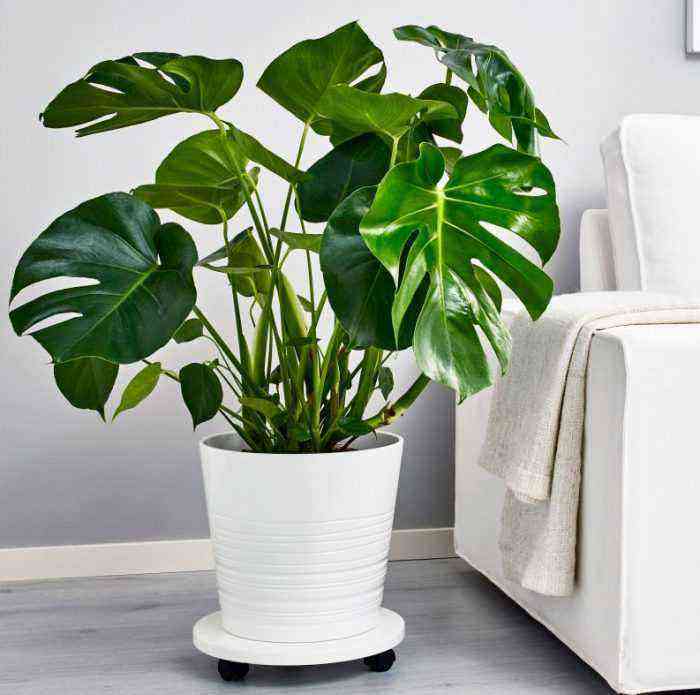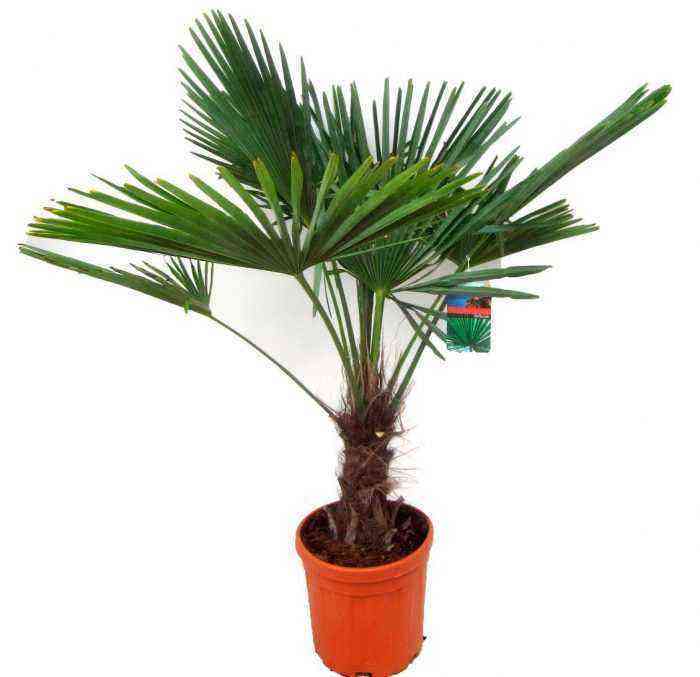The genus Pilea (Pilea) unites more than 4 hundred species and is part of the Nettle family (Urticaceae). Among the numerous species, you can meet both annuals and perennials, they are represented by herbaceous plants and dwarf shrubs. In nature, they are found in the tropical latitudes of the entire planet, except Australia.
Features of the saw
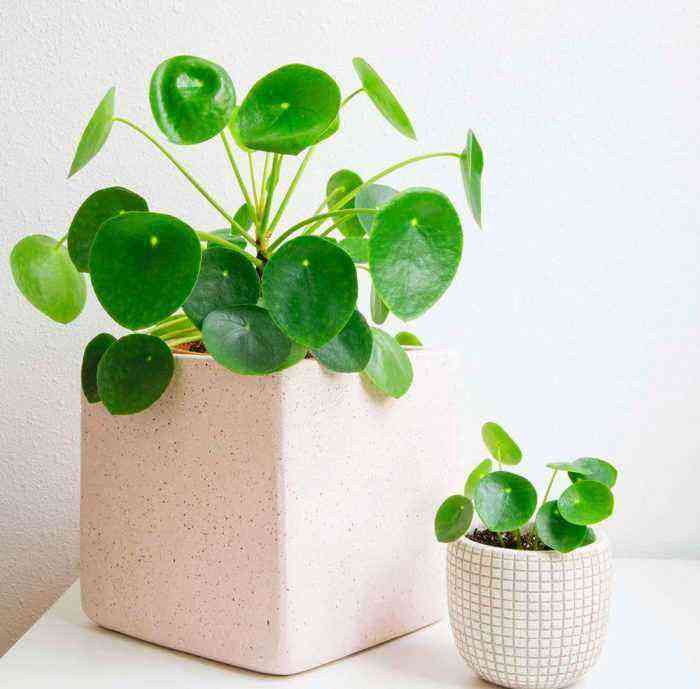

Pilea is a hardy plant, reaching a height of 0,4 m and possessing decorative foliage. This plant is most often grown in winter gardens, warm flower beds and display cases. Pilea Kadier differs from other species by its very rapid growth, which is of particular value for flower growers who use it when arranging compositions of various colors. Small unisexual flowers are most often collected in axillary racemes. The plant spreads its fruits in an extremely unusual way, which is similar in its mechanism to bailout. By the time of fruiting, sterile stamens (staminodes) grow strongly and only slightly support the fruit hanging over them. In a ripe fruit, the connection with the plant is greatly weakened. At this time, sterile stamens straighten and throw the fetus to a distance of up to one hundred meters.
Brief description of cultivation


- Flowering… It is observed in June-October, but the flowers are not of high decorative value. At home, the saw is grown as an ornamental deciduous plant.
- Illumination… A large amount of bright, diffused light is required. Do not expose the flower to direct sunlight.
- Temperature conditions… Throughout the year, the air temperature in the room should be about 25 degrees. But there are species that are more comfortable in winter at temperatures around 10 degrees. However, most of the species can suffer if the temperature drops to 17 degrees and below.
- Watering… In the spring-summer period, the flower needs to be given such a watering regime so that the soil mixture in the pot is always slightly damp (not wet). In winter, watering is carried out only when the substrate dries out by 1/5 of the depth.
- Air humidity… It should be elevated. Experts advise placing open vessels filled with water next to the flower, or you can pour wet pebbles into the tray. You cannot moisten the foliage.
- Fertilizer… In the spring-summer period, feeding is carried out 1 time in 7 days and for this purpose a mineral complex fertilizer is used for decorative deciduous plants. In winter, the amount of dressing is reduced to 1 time in 4 weeks.
- The rest period… Observed in October – February.
- Transfer… The flower is transplanted every year at the beginning of the growing season.
- Soil mixture… It should be humic, slightly acidic or neutral. It should include sand, peat, humus and sod soil in equal parts.
- Reproduction… By cuttings and seeds.
- Harmful insects… Mealybugs, thrips, spider mites and scale insects.
- disease… Problems with saw leaf foliage can only arise if it is not properly cared for.
Caring for the saw at home
Illumination
Pilea needs bright, but diffused light. Direct rays of the sun should not hit the bush. A western or eastern window sill is best suited for growing such a flower. If you decide to put it on the south window, then be sure to provide it with diffused light, or it can be removed deep into the room. In the summer, the plant can be moved outside, while for it you need to choose a place that will be reliably protected from the direct rays of the sun. Remember that in the cold season, the saw also needs a lot of light, but if it is too little, the color of the foliage of the bush may change, which will negatively affect its decorative effect.
Temperature conditions
The flower grows best throughout the year at a temperature of about 25 degrees. In winter, the Cadier pilea grows well at temperatures up to 15 degrees, and the peperomium pilea grows well at 10 degrees. If you grow other species, then remember that the room where the bush is located should not be colder than 17 degrees. In winter, a draft can kill the plant.
Watering
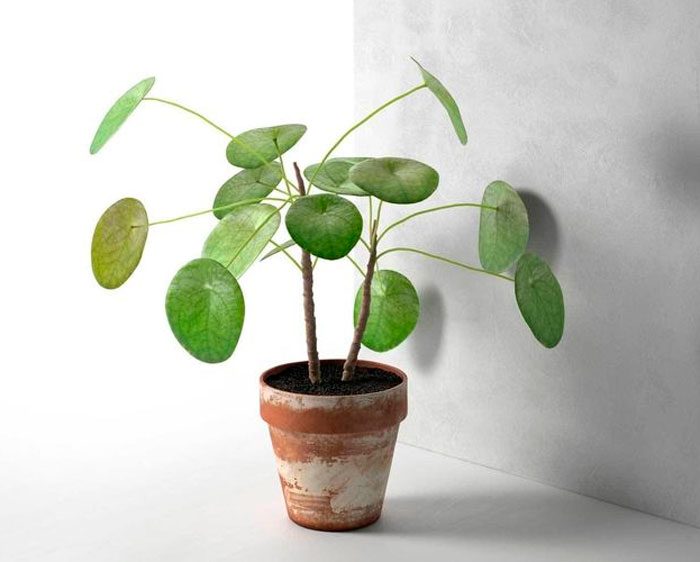

In the spring-summer period, the substrate is moistened immediately after its top layer dries out. To do this, you need to use well-settled water. In the cold season, watering is carried out two days after the top layer of the soil mixture has dried. Pilea is one of those plants that tolerate overdrying of an earthen coma much easier than stagnant liquid in the substrate. Make sure that the substrate in the container is constantly slightly damp. With excessively abundant watering, foliage can fade and fade, especially in the cold season.
Spraying
A room saw needs high air humidity, so you will have to monitor the humidity level in the room. It is highly undesirable to moisten foliage from a spray bottle, as this may cause it to lose its decorative effect. To increase the humidity, the flower pot must be placed on a pallet filled with moistened pebbles or expanded clay. However, make sure that the bottom of the container does not come into contact with the liquid. Instead, an open vessel filled with water can be placed near the flower.
Fertilizer


In the spring-summer period, flower feeding is carried out regularly 1 time in 7 days, and in the autumn and winter time – 1 time in 4 weeks. To do this, use a complex mineral for indoor flowers, the concentration of the nutrient mixture should be the same as recommended by the manufacturer.
Trimming
When grown indoors, the sawtooth grows rather quickly. Since young bushes are much more spectacular than old ones, pruning must be carried out annually, while the cut stems must be used as cuttings. To increase the splendor of the bush and in order to avoid exposing it, you should systematically pinch the stems.
Pilea transplant
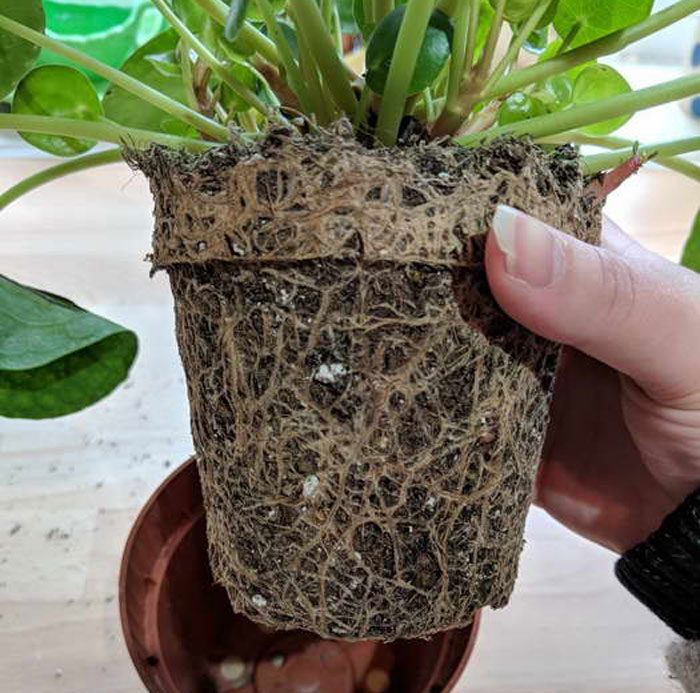

The house saw should be replanted every year. To do this, use a humus soil of a slightly acidic or neutral reaction. So, you can take a soil mixture consisting of humus and sod soil, as well as sand and peat (they are taken in equal proportions). Since the flower has a superficial root system, a small pot must be used for transplanting. In order to avoid stagnation of liquid in the substrate, it is imperative to make a good drainage layer at the bottom of the container. The saw can be grown hydroponically if desired.
Methods of reproduction
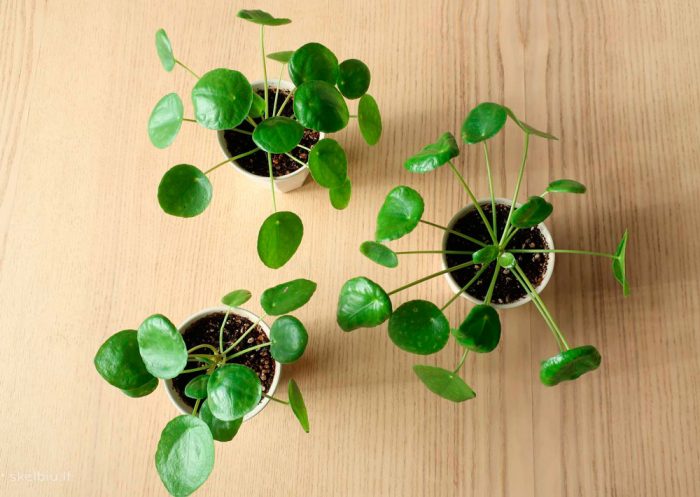

You can propagate the saw through cuttings and the seed method. Some of the species of such a plant reproduce by seeds independently. If you decide to propagate it by cuttings, then this can be done at any time of the year. For rooting, cuttings are placed in a container with water or planted in sand (loose substrate). After rooting, the cuttings are planted in a small pot filled with a soil mixture consisting of greenhouse and deciduous soil, and also sand (1: 1: 1).
Possible problems
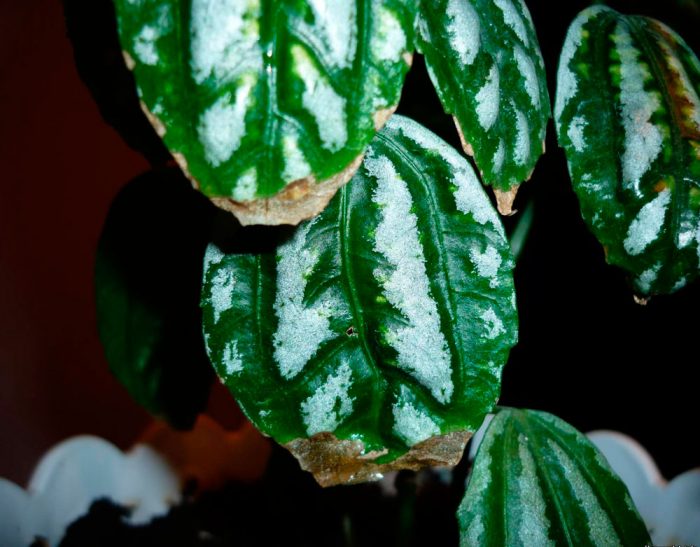

If the saw is not properly looked after, then problems may begin with it:
- The foliage dries up and flies… If the room is colder than 12 degrees or warmer than 27 degrees, then wrinkling, drying and flying around of the leaf plates are observed. It can also happen due to overdrying of an earthen coma.
- Leaves wither… If liquid stagnates regularly in the substrate, this can cause the appearance of sluggish foliage, after a while it will turn black and fly around, while the shoots will become soft.
- Leaves turn pale… Overly intense lighting can cause foliage to become faded, lethargic, and slightly transparent. At the same time, its edge dries and turns brown. Due to excessively poor lighting, the edge of the leaf plates will also brown and dry out, while they themselves lose their spectacular color, and young leaves grow small, the stems become elongated.
- Specks on the leaves… As a result of exposure of the bush to direct rays of the sun, sunburns that look like yellow spots can form on the foliage, and over time they turn brown.
- Flying around foliage… If only the lower leaf plates fly around, then this is quite normal and is associated with the aging of the plant. In this case, it is recommended to cut several cuttings from the bush and grow a young plant from them.
- Harmful insects… Thrips, mealybugs, spider mites and scale insects can settle on pylaea.
Types of pilea with photos and names
Pilea cadierei
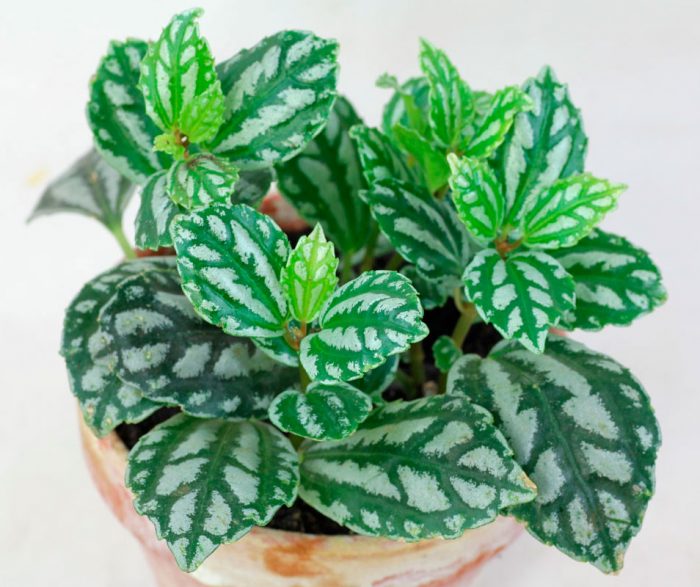

This species is native to the tropical forests of Southeast Asia. The height of such a herbaceous perennial can be about 0,4 m. Young shoots are erect, but with age they become lodging. The bare and succulent stems are highly branched. Spectacular petiolate elongated-oval leaf plates are pointed towards the top and have three veins. The leaves are about 20 centimeters long and 5 centimeters wide. The British call this species “aluminum plant”, and the Germans – “silver saw.” This is due to the fact that on the surface of the rich green or bluish-green foliage there is a pair of intermittent silvery lines. During flowering, axillary brushes appear, consisting of small flowers. Young slender shoots begin to curl over time, resulting in a kind of ampelous shape. In order for the bush to be more lush, it will need systematic pinching.
Small-leaved saw (Pilea microphylla)
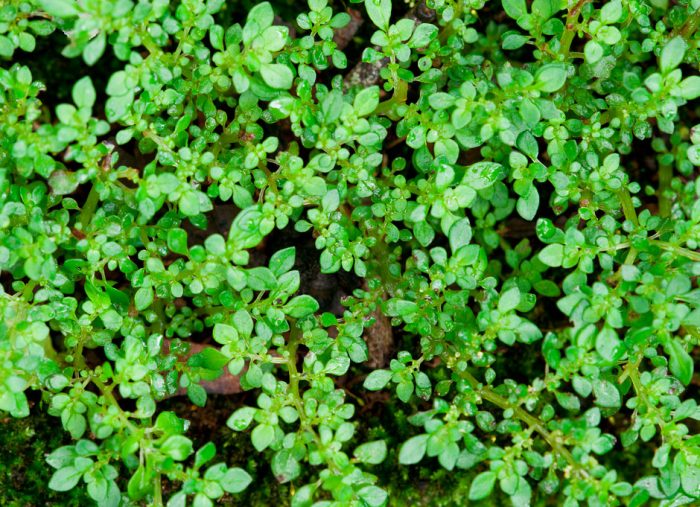

The height of such a herbaceous perennial is about 15 centimeters. Branching stems have lush foliage, if they come into contact with the soil surface, they quickly take root. The branches are externally similar to fern fronds, they bend beautifully and have a large number of small naked greenish leaves of an oval and round shape, their length does not exceed 5 mm. Shield-shaped inflorescences are formed in the leaf sinuses, they include heterosexual and bisexual small flowers. Such a plant is popularly called “Artillery”, or “Cannoneers” because the stamen flowers form a dusty cloud during the opening of the anthers. If you touch a small-leaved pilea flower in summer, it will release a smoke of pollen.
Monofilament saw (Рilea nummulariifolia)
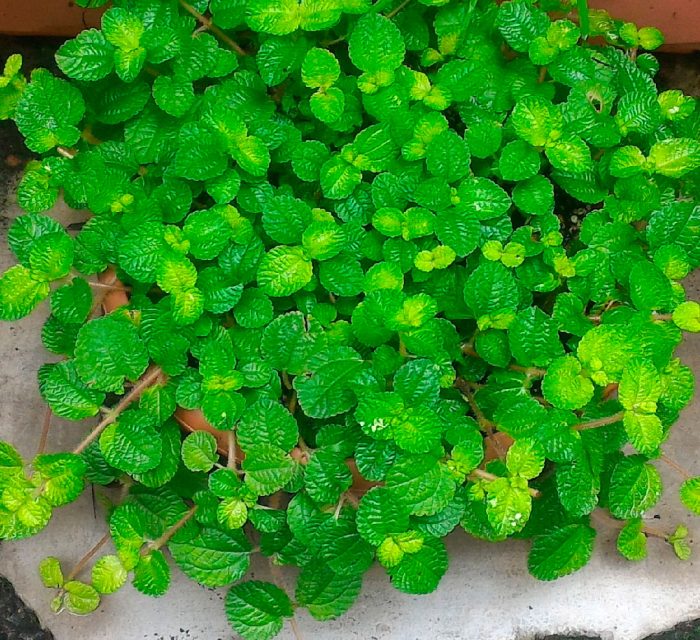

Such a herbaceous perennial has stems creeping along the surface of the soil, reaching about 0,4 m in length. Greenish round leaf plates grow on them. Over time, the bush grows and forms a carpet on the soil surface.
Wrapped saw (Pilea involucrata)
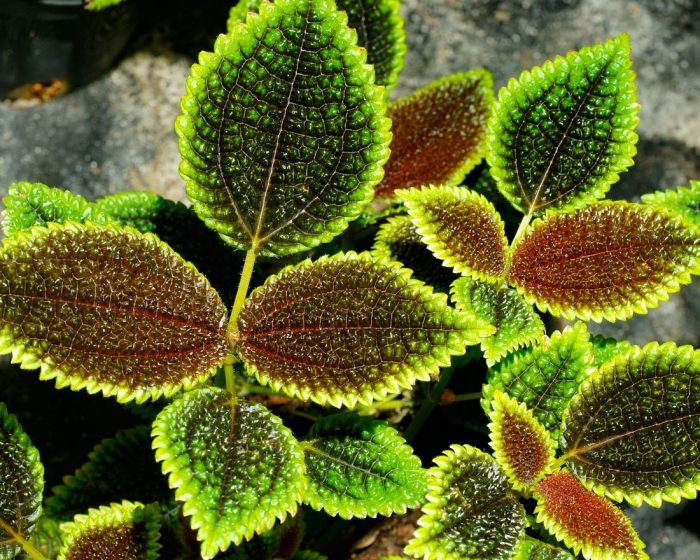

The plant is a low bush, the height of which does not exceed 0,3 m. The shoots are erect. Opposite oval leaf plates have a pointed tip and reach about 70 mm in length. Greenish leaves along the veins are lumpy brown. This species is widely used for hybridization.
Pilea peperomioides (Pilea peperomioides)
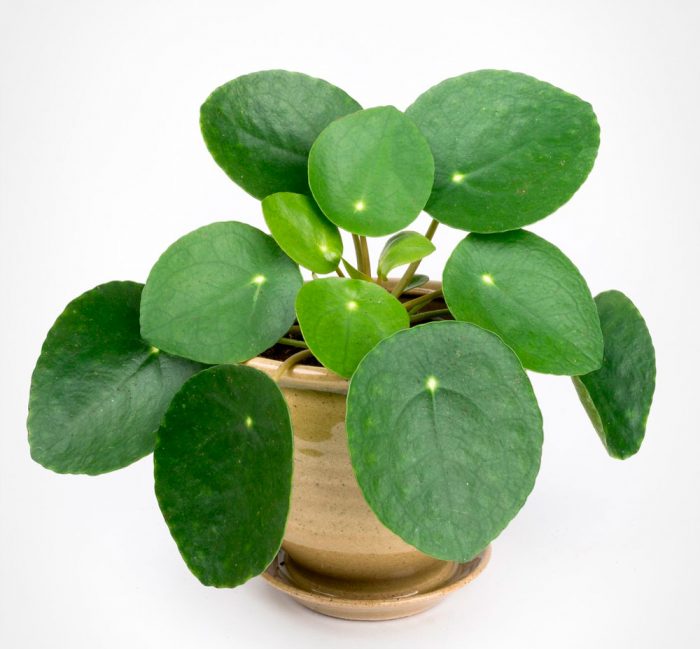

The flower has a tough stem and rounded leaf blades.
Creeping saw (Pilea repens)
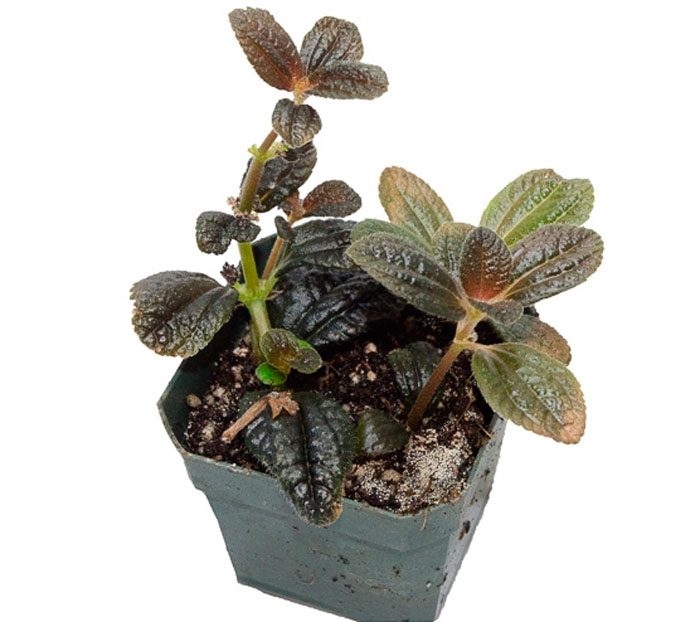

The height of the bush with creeping shoots is about 25 centimeters. Opposite smooth rounded leaf plates reach up to 25 mm in length and have a wavy edge. The front surface of the plates is dark green with a copper tint, and the back is purple.
Pilea spruce (Pilea spruceana)
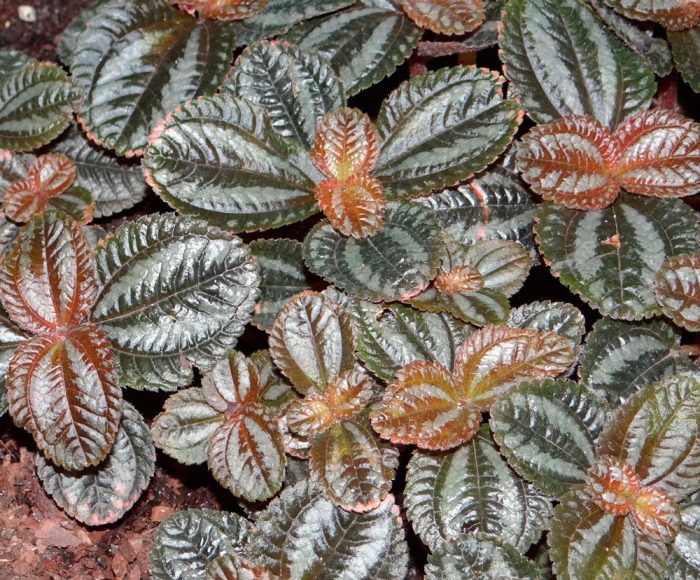

This plant comes from Peru and Venezuela. Short-petiolate opposite leaf plates are ovoid or rounded, turned 180 degrees, at the apex can be blunt or pointed. Foliage color – various shades of bronze or silver.
Pilea “Bronze”
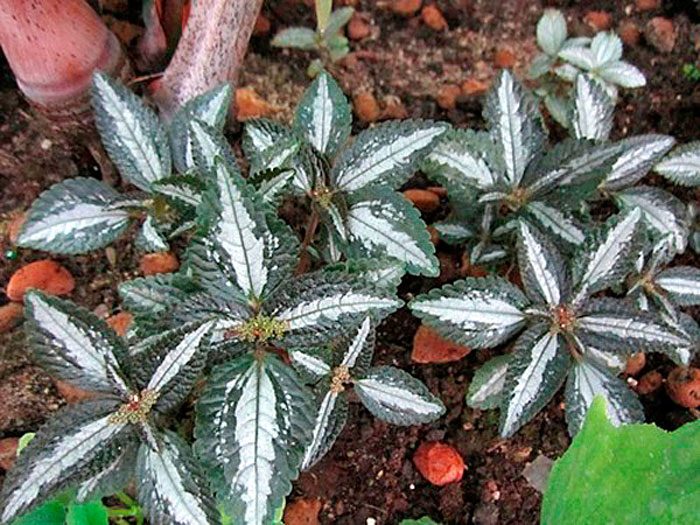

The height of erect shoots is about 0,3 meters. Opposite oval leaf plates are pointed at the apex and are up to 70 mm long. They are silvery wrinkled, while along the veins they are dark green. Also on the plate there may be a silvery stripe running along the central vein, while its edge is dark green.
Pilea “Norfolk”
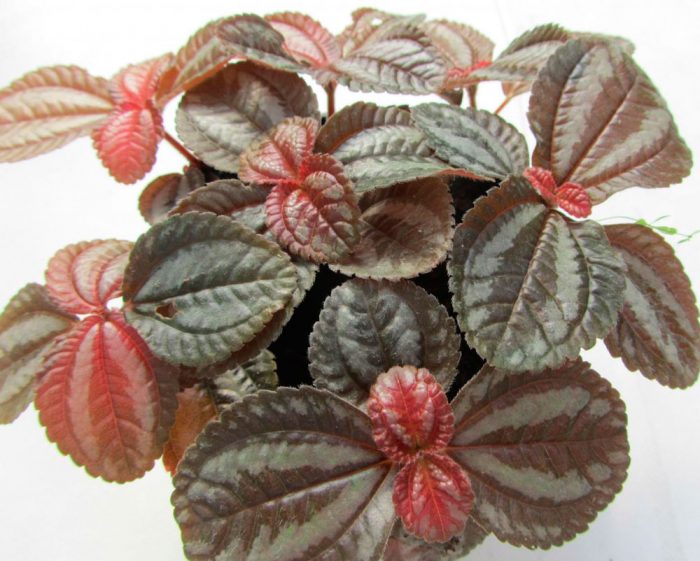

Scientists still have not figured out exactly how this form appeared. In such a herbaceous perennial, young stems are erect, and adults are lodging. On the surface of the rich green wrinkled velvety leaf plates there are small bristly hairs. The veins of the foliage are brownish-red.
Pilea “Silver Tree”
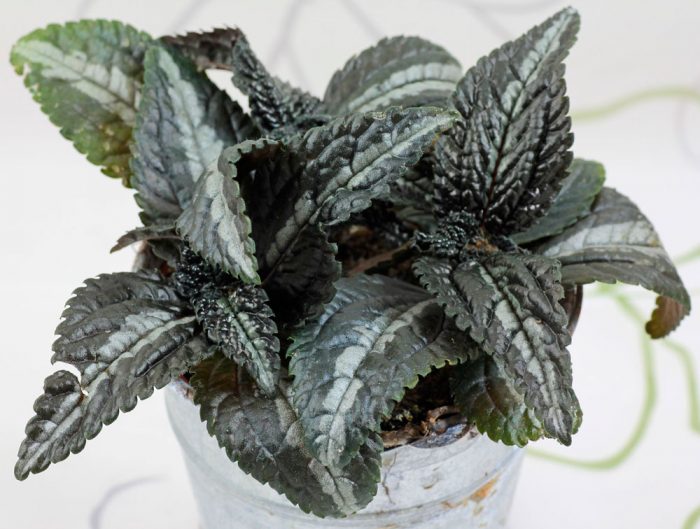

The origin of this hybrid also remains a mystery. They represent a spectacular, actively curling perennial saw. Oval bronze-green foliage has a serrated edge and pubescence, consisting of hairs of white or red color. A silver strip runs along the center of the plate, and on its surface there are many spots of the same shade.
